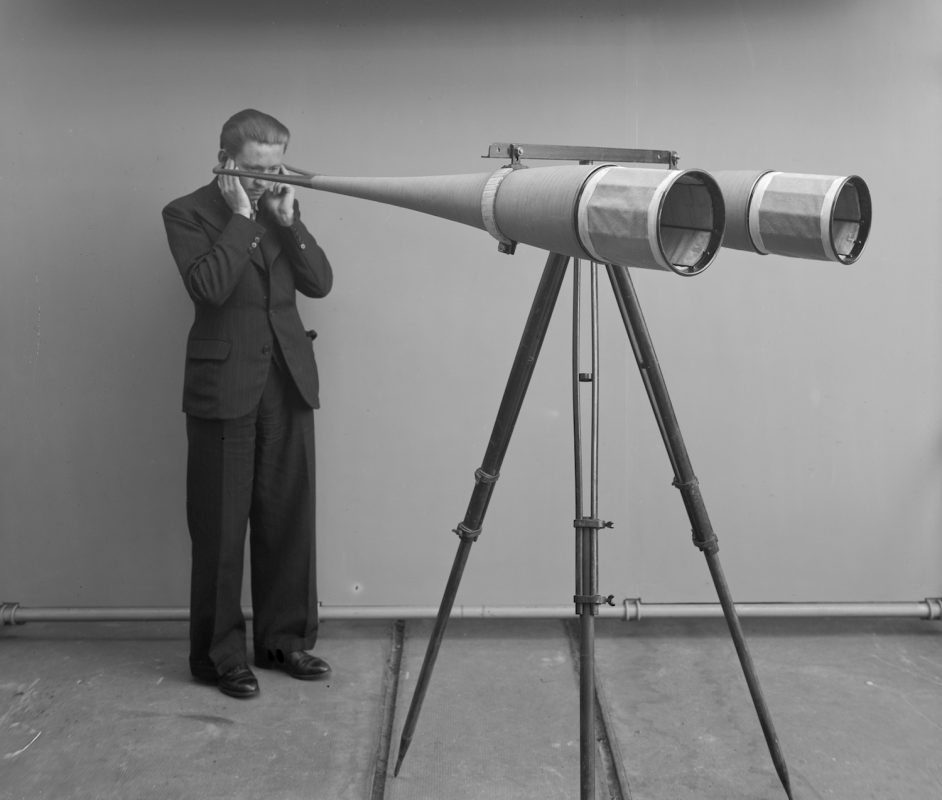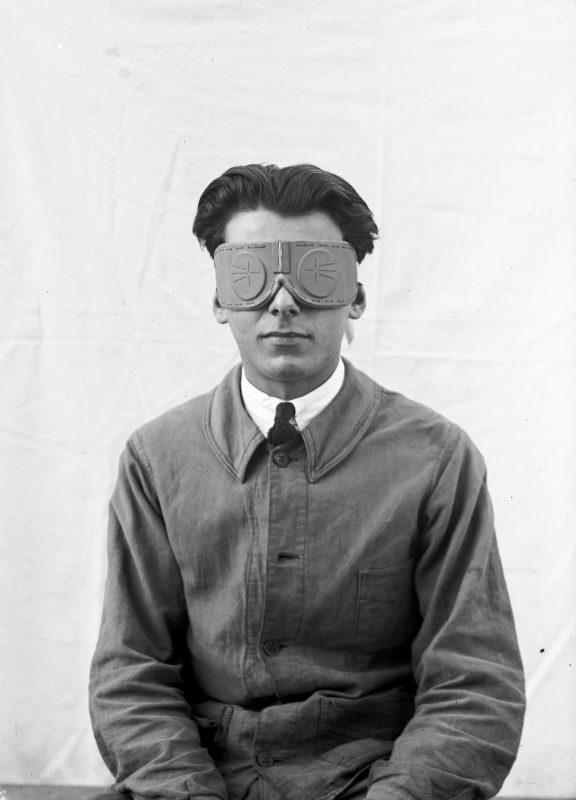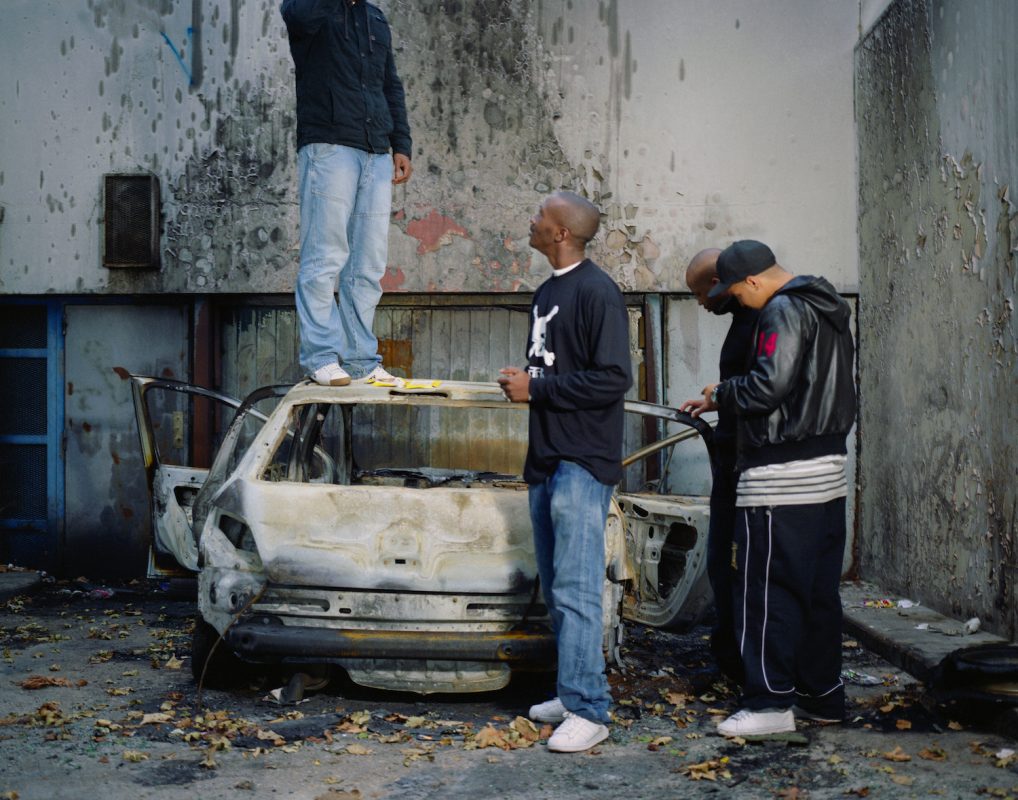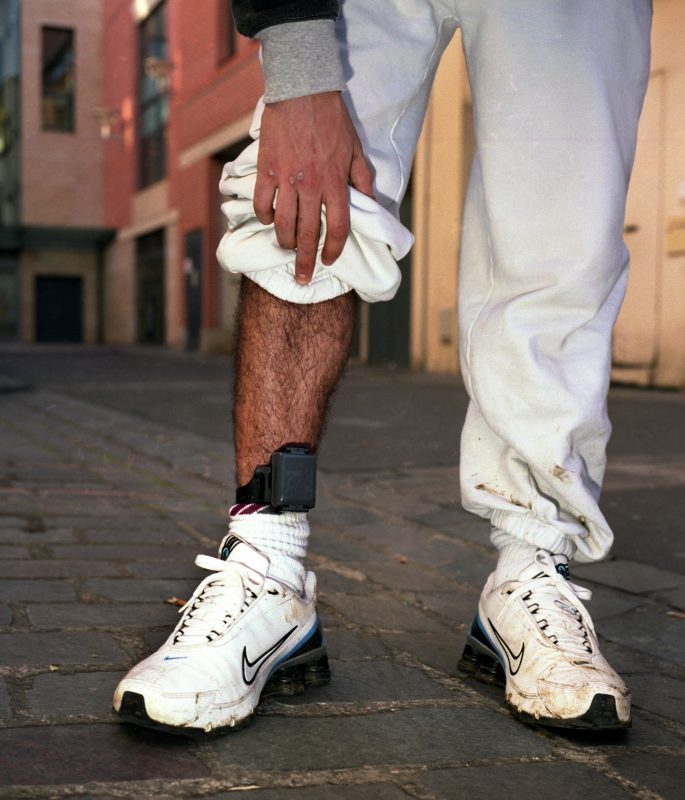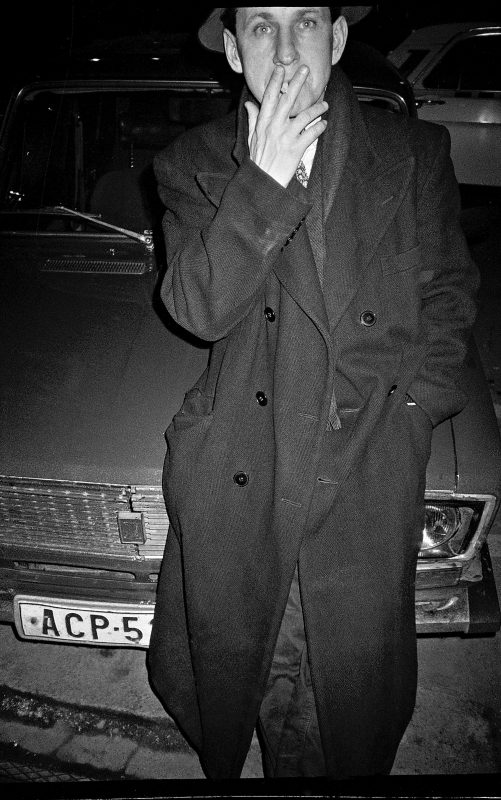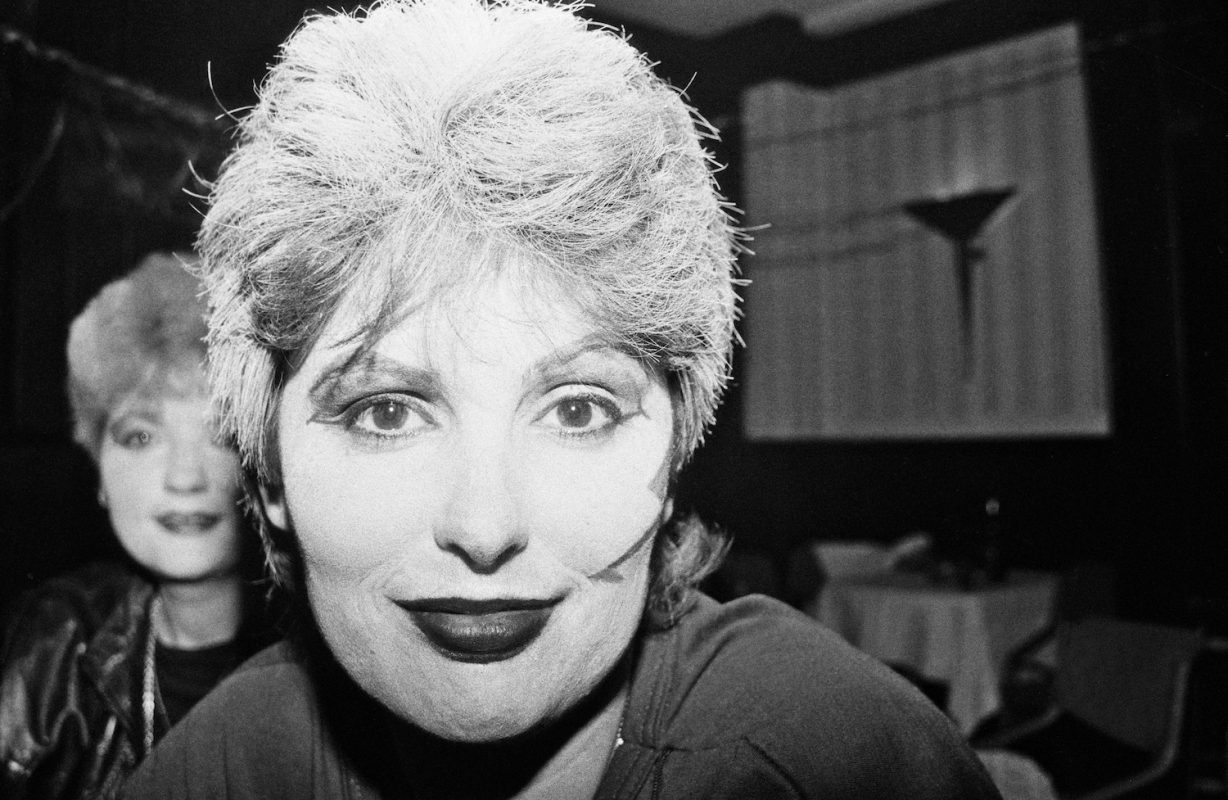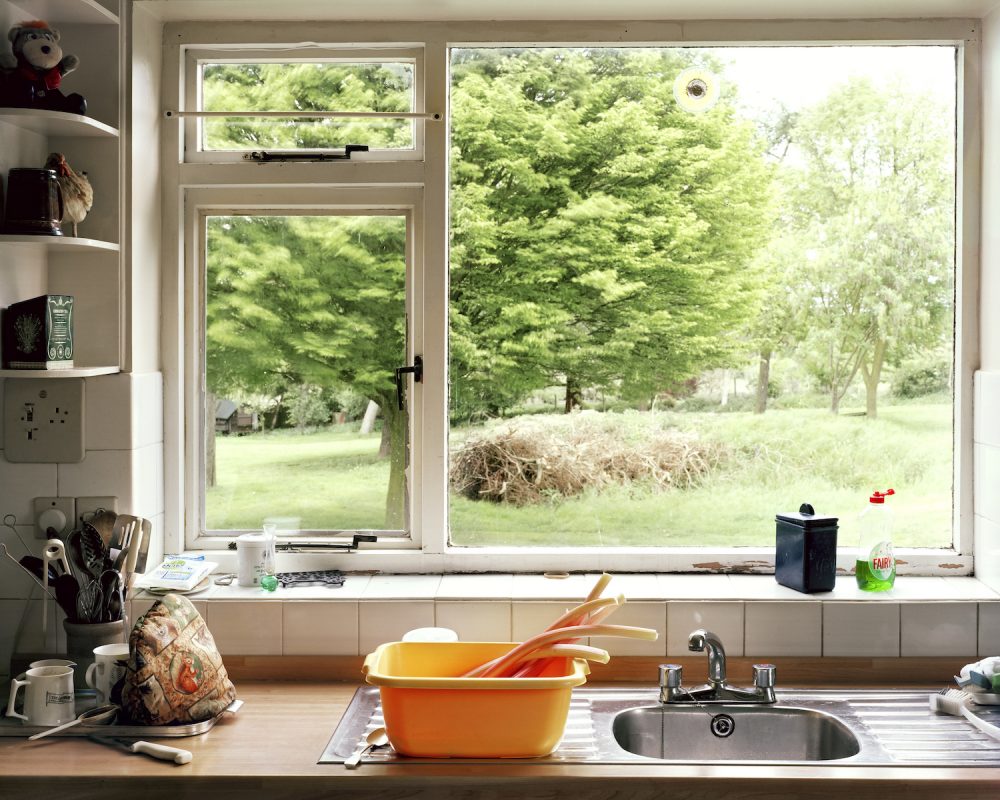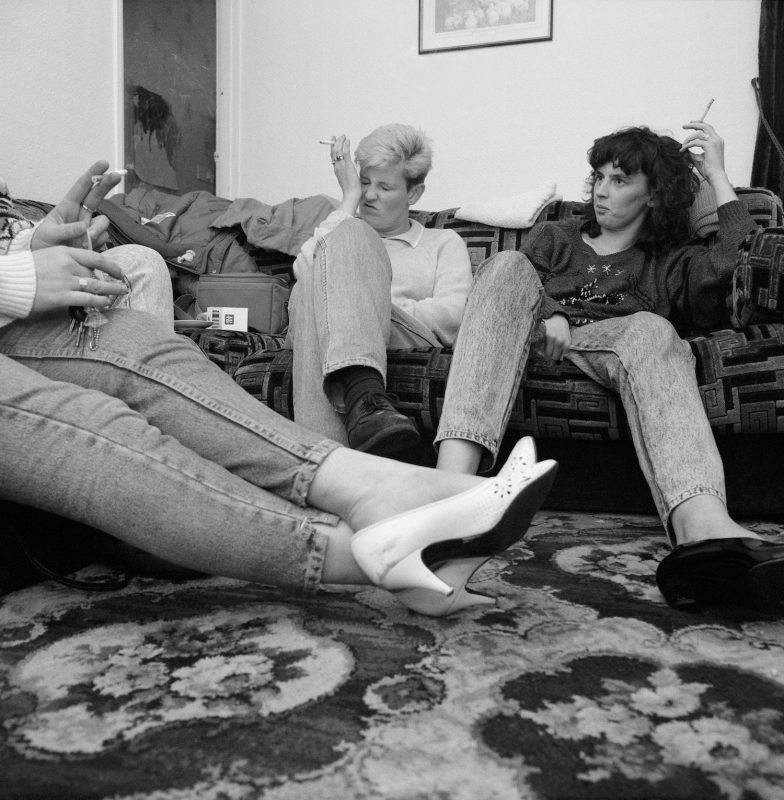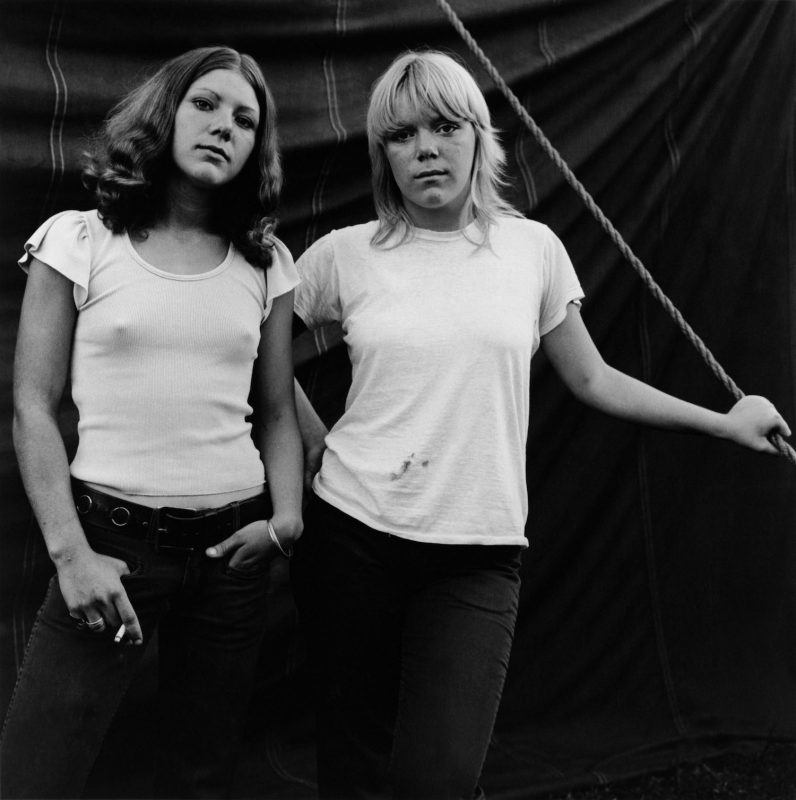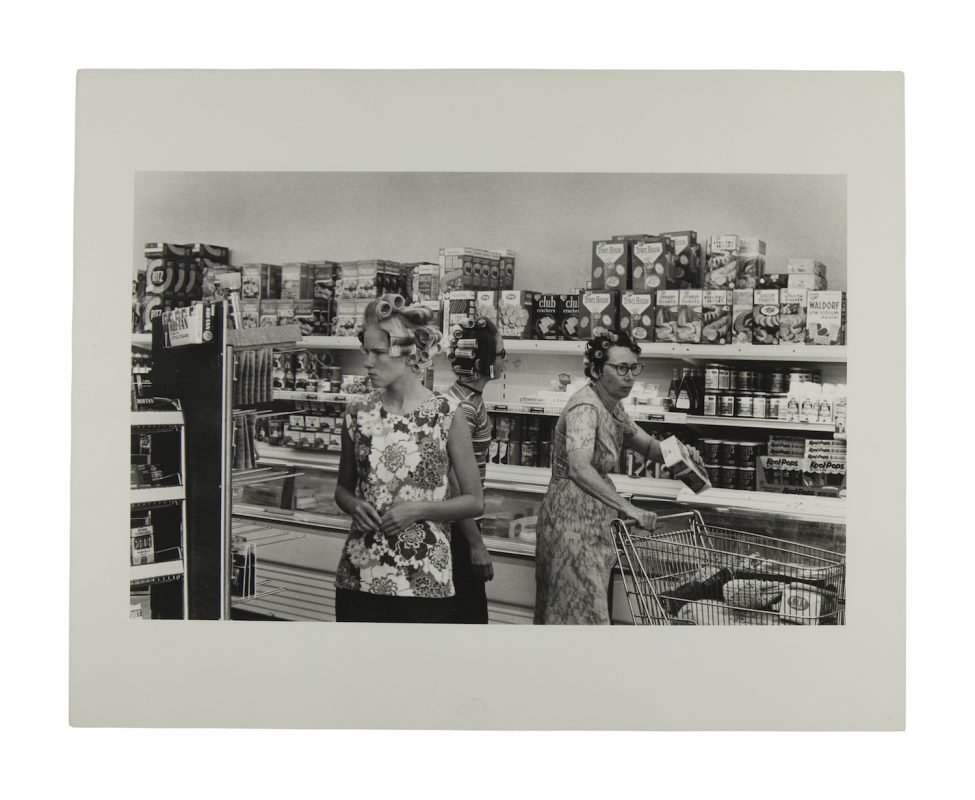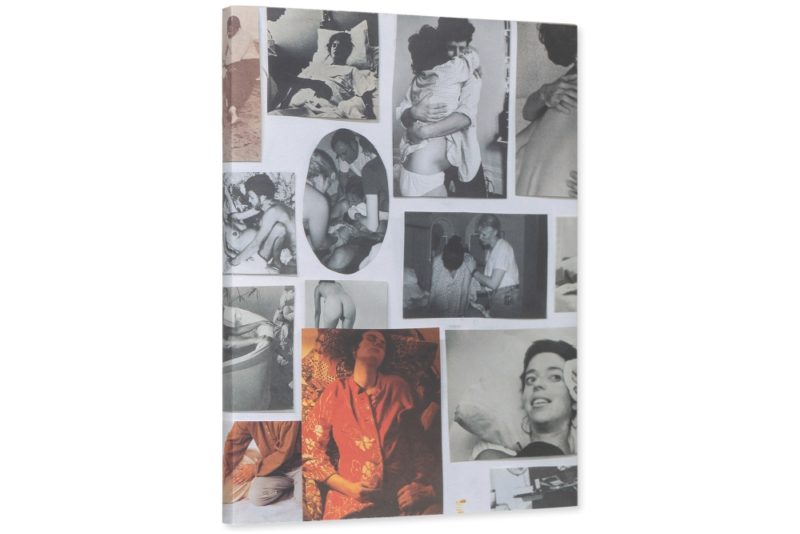Les Rencontres d’Arles 2019
Top five festival highlights
Selected by Tim Clark
The fiftieth edition of the highly-esteemed Les Rencontres d’Arles photography festival is now underway. It’s a vast, sprawling affair set across the evocative Roman town in the south of France with something for all tastes, despite a lingering fascination with the traditional. Yet there is always much to praise. Below is a rundown of five standout exhibitions from the memorable golden anniversary year – selected by Editor in Chief, Tim Clark.
In association with Spectrum.
1. The Saga Of Inventions
From The Gas Mask To The Washing Machine, CNRS Archives
Crosière
One of a number of exhibitions from the festival section brought together under the title The Other Photography – “a tribune to hoarders and obsessive people” – The Saga Of Inventions exemplifies the guest-curated shows centred on archival photographic practices that Les Rencontres d’Arles does so well. Under the expert supervision of historian Luce Lebart, images from the Centre national de la recherche scientifique (CNRS) have been assembled from a collection of thousands that were produced in France between 1915 and 1938 as part of the governmental initiative to foster scientific and industrial research. A cogent portrait of innovation, visitors can revel in the visual rigour of numerous brilliant inventions, moving from those born out of war and national defence efforts to others designed for the domestic and civil realm, a duality reflected in the exhibition’s two-fold structure. Administrative images of trench trumpets, flame protection masks and hoods, artificial clouds, myriaphones, washing machines and ‘life-saving’ taxis are but a few from the cornucopia in which the inanimate is awakened.
At the heart of The Saga Of Inventions a poster enlargement of the studio set-up offers a rare backstage image to actively insert self-reflexivity within the exhibition, providing a behind-the-scenes view into the photographic theatre where countless images from the archive were made. We are privy to both the object, in this case part of a machine gun, and the cameraman contextualising it, whose dramatic pose and extravagant costume add an air of what Lebart has imaginatively dubbed “a poetic-military-burlesque aesthetic.” It embodies the spirit of The Saga Of Inventions; a compelling and at times absurd exhibition that bristles with insight into the institution and archival gems, treated with great flourishes of offbeat humour.
2. Mohamed Bourouissa
Free Trade
Monoprix
Upstairs from the Monoprix supermarket near the train station is a vast space that aptly plays host to Free Trade, a survey showcasing fifteen years of creative output from Algerian-born artist Mohamed Bourouissa. His work examines the value and visibility of marginalised and economically bereft members of society, as well as productions of knowledge, exchange and structures of power. Video, painting, sculpture, installation and, of course, photography are all put to powerful use. So too is an impressive range of imagery that encompasses staged scenes, surveillance footage and even stolen smartphones. Though perhaps counter to this experimental vision Bourouissa is still best known for his breakthrough series Périphérique (2005-09), reflecting on the discrepancies through re-enactment and narrative tableaux between the lives of Parisian youth and their limited depiction by right-wing mainstream press and politicians.
Curated by festival director Sam Stourdzé, it’s a challenging and disparate exhibition, staged in an open-plan format to create a complex visual and aural environment. Ideas come into focus and vibrate against one another, laying bare some of the terrible realities and injustices of late capitalism, all the while questioning the means of an image and politics of representing the other. There’s also an exhibition within the exhibition involving a collaboration with Monoprix employees and photographer Jacques Windenberger, in what became democratic practices where subjects were actors in information-participation photographic projects – “a kind of community visual memory.” Bourouissa’s originality as a conceptually-driven documentary photographer consists not just in what he represents but how he represents it. As such Free Trade feels sharp, sobering, confounding, mysterious, critical and intelligible on its own political terms.
3. Libuše Jarcovjáková
Evokativ
L’église Saint-Étienne
In the My Body Is A Weapon constellation of exhibitions veteran Czech photographer Libuše Jarcovjáková turns it up a notch with Evokativ in collaboration with curator Lucie Černá. Raw, emotive and visceral, her photographs are far from picture-perfect but that’s not the point. Taken between 1970 and 1989 in communist Czechoslovakia they are vessels of pain and poetry from a dark period of totalitarian rule, a diaristic record of life, love, work, drink, sex and depression splayed out before the camera. Hers is an unflinching and brutally honest account of the immediate world around her, from the confines of the bedroom to the theatre of the street, resolving into a compelling portrait of the artist as a young woman. What emerges from these monochromatic worlds is a mood piece positing reckless abandon and hedonism as an act of resistance.
Evokativ flows freely around its impressive church setting, with a partially-enclosed area in the centre of the space. It functions almost as a confessional zone, perhaps delivering the exhibition’s most revealing and affecting moment: “Abortion. I arrived at the hospital in the middle of the night with a high fever. I was bleeding and longed for it to end. I had no desire for a baby whatsoever,” the artist recalls by way of an extended handwritten caption to images of luminous jugs full of liquid. “The doctors were of a different opinion and instructed me to lie quietly in bed. I crept silently to the toilet. Jugs full of the urine of pregnant women gleamed on the windowsill. They were wonderful. I took photos of them and did some squats. In the end I miscarried. All that remained were the jugs.”
4. Home Sweet Home
1970-2018: The British Home, A Political History
Maisone des Peintres
Within the intimate confines of Maisone des Peintres lies Home Sweet Home, 1970-2018: The British Home, A Political History. Meandering through the rooms and set across two floors, this exhibition explores what curator Isabelle Bonnet refers to as “the link between the well-being of soul and body and the domestic interior.” Taking its cues and logic from the English language invention of words such as ‘comfort’ and ‘comfortable’ the focus is on anatomising everyday life in Britain from the 1970s to the present day. Via a multi-generational artist axis it features key works by Anna Fox, David Moore, Martin Parr and Sirkka-Liisa Konttinen alongside artists such as Andy Sewell, Natasha Caruana and Juno Calypso. Collectively, their vignettes collectively reveal the dynamics and complexities of family life allied to the pleasures, comforts and even terrors of domesticity. Indeed, one curious variant on theme points to issues of seclusion and confinement courtesy of an installation by Edmund Clark’s Control Order House (2011) comprised of interior snapshots of a place where an individual under house arrest lived, having been suspected of involvement in terrorist activities. Clare Strand and Eva Stenram follow in the next room in The Poetics of Space section with strong contributions via their narrative constructions and staged photographs.
As is the case with any show with the level of ambition to survey constructions of national identity, omissions seem as striking as what’s included. Bodies of work from the canon by Richard Billingham, Nigel Shafran and Nick Waplington are notably absent. Still, Home Sweet Home is a well-articulated, buoyant show drawing out shared histories and dialogues, if slightly tethered to an overall vision of the British as eccentric and unable to break out of their old insularity. Nonetheless it remains a valid document along a timeline of how people look and behave in their places of refuge.
5. Eve Arnold, Abigail Heyman and Susan Meisalas
Unretouched Woman
Espace Van Gogh
There was in part a retroactive feminist turn to Les Rencontres d’Arles this year and nowhere does this come more to the fore than in Unretouched Woman. Shining a spotlight on Eve Arnold, Abigail Heyman and Susan Meiselas, three American photographers working and fighting to create certain degrees of freedom for themselves, and who all produced pioneering books to lend tangible form to their fundamental experiences of being embodied, the exhibition has been instigated by Clara Bouveresse through Les Rencontres d’Arles’ curatorial research fellowship.
Susan Meiselas’ masterpiece Carnival Strippers (1976) prevails for its frank portrayal of dancers both on and off-stage at small town carnivals in New England, Pennsylvania, and South Carolina though photographs and interviews. Still-to-be-better-appreciated is the utterly magical Abigail Heyman, the first woman to be invited into the Magnum collective, whose book Growing Up Female (1974) subverted traditional codes and assumptions about what it means – or can mean – to be female, distilled through a unique combination of photo-reportage and personal urgency. Privacy is continually turned inside out.
Evidently the festival organisers have taken heed of the feedback and pressure that was applied in protest of the gender imbalance from 2018 – as voiced in an open letter published in the Libération newspaper last year. As such, they have taken steps to redress this by bringing those traditionally underrepresented from the periphery to the centre, and, clearly, without compensating on quality or talent. For the famed Susan Meisalas alone, it’s yet another accolade to an already impressive year, in which she has won the Deutsche Börse Photography Foundation Prize, Kraszna-Krausz Fellowship and now the Women in Motion Award, a newly-established prize from Les Rencontres d’Arles granted to female photographers recognised for their contribution to the field. Hopefully it paves the way for the celebration and recognition of the many other hugely-deserving artists to follow, without the need to play catch-up through resurrectionist narratives. ♦
Les Rencontres d’Arles 2019 runs until September 22nd.
![]()
—
Tim Clark is a curator, writer and lecturer. Since 2008, has been Editor in Chief and Director at 1000 Words.
Captions:
1-National Scientific and Industrial Research and Inventions Office, Georges Mabboux’s acoustic horns to locate aircraft, May 31, 1935. CNRS collection, A_3264. (The Saga of Inventions exhibition)
2-National Scientific and Industrial Research and Inventions Office, Louis Lapicque’s visual field shutter goggles, December 1926. CNRS collection, B_6127. (The Saga of Inventions exhibition)
3-Mohamed Bourouissa, L’impasse, from the Périphérique series, 2007. Courtesy of the artist and galerie kamel mennour, Paris/London and Blum & Poe, Los Angeles/New York/Tokyo. ADAGP (Paris) 2019.
4-Mohamed Bourouissa, Bracelet électronique, 2014. Courtesy of the artist and galerie kamel mennour, Paris/London and Blum & Poe, Los Angeles/New York/Tokyo. ADAGP (Paris) 2019.
5-Libuše Jarcovjáková, David, Prague, 1984. Courtesy of the artist.
6-Libuše Jarcovjáková, From the T-club series, Prague, 1980s. Courtesy of the artist.
7-Andy Sewell, Untitled, from the series Something like a Nest, 2014 (Home Sweet Home exhibition).
8-Ken Grant, Lisa and Tracy’s sister, Birkenhead, 1990 (Home Sweet Home exhibition).
9-Susan Meiselas, Debbie and Renee, Rockland, Maine, USA, 1972. Courtesy of Susan Meiselas / Magnum Photos.
10-Abigail Heyman, Supermarket, 1971.

